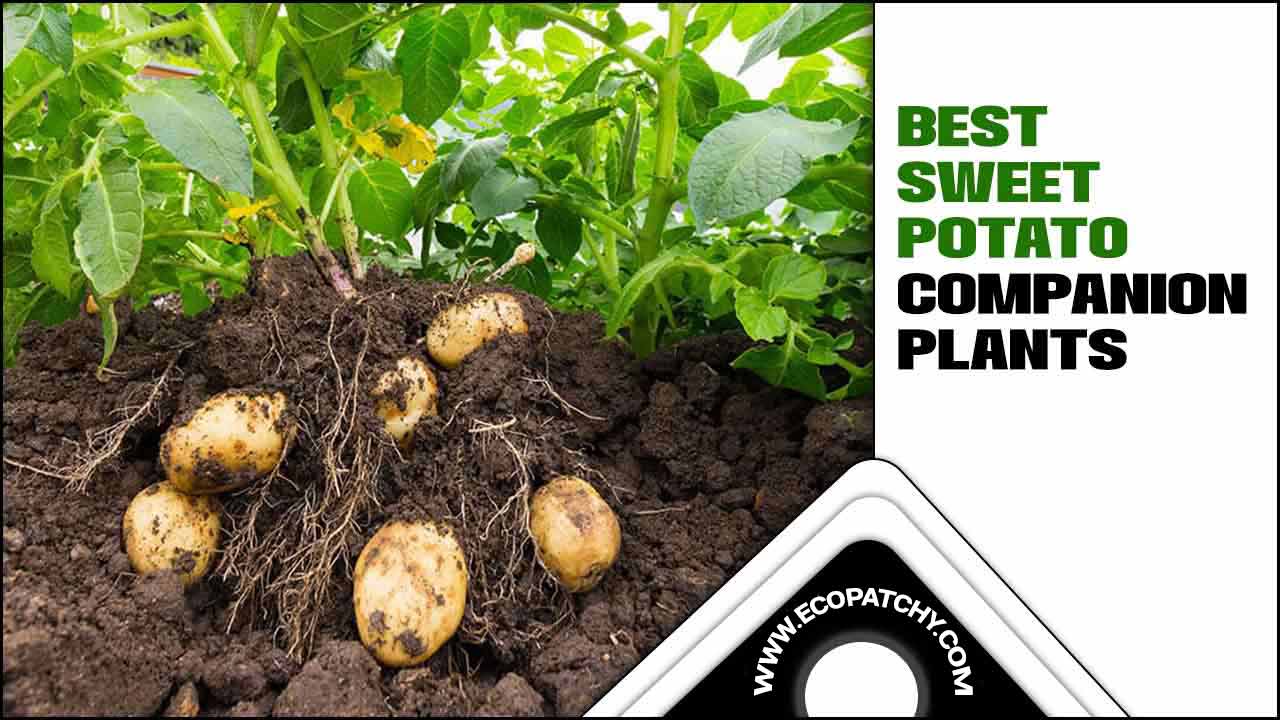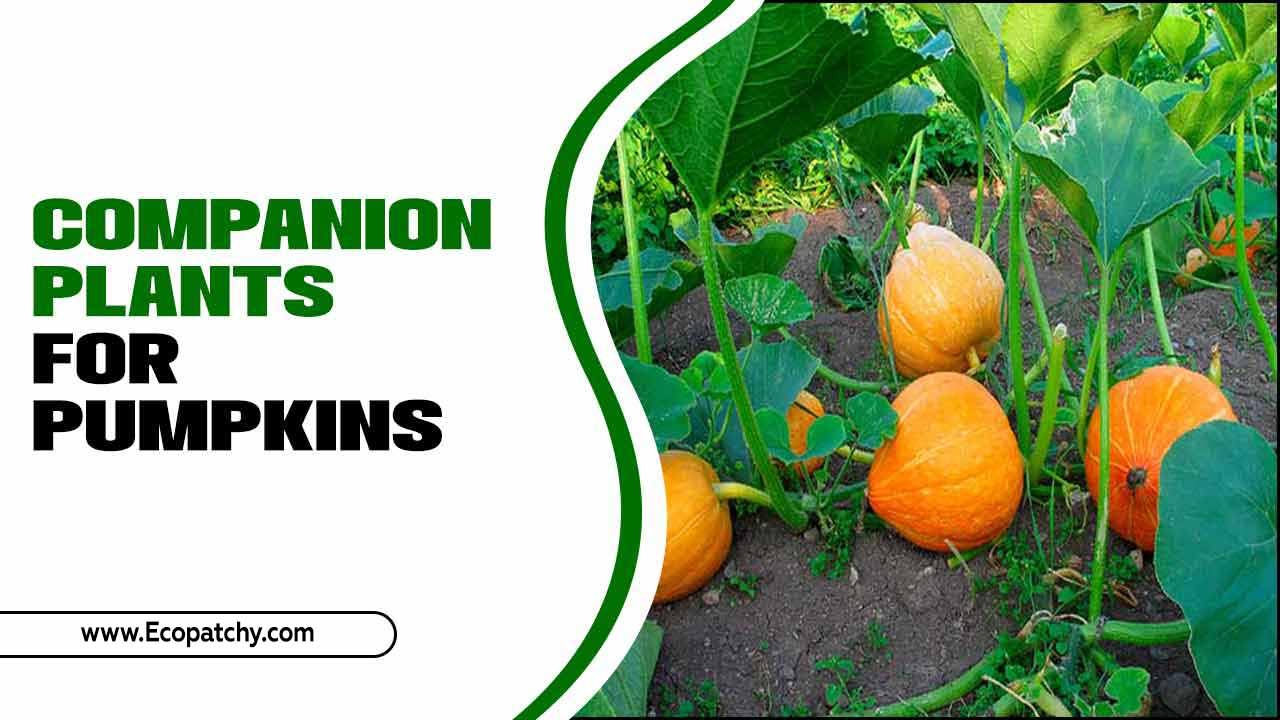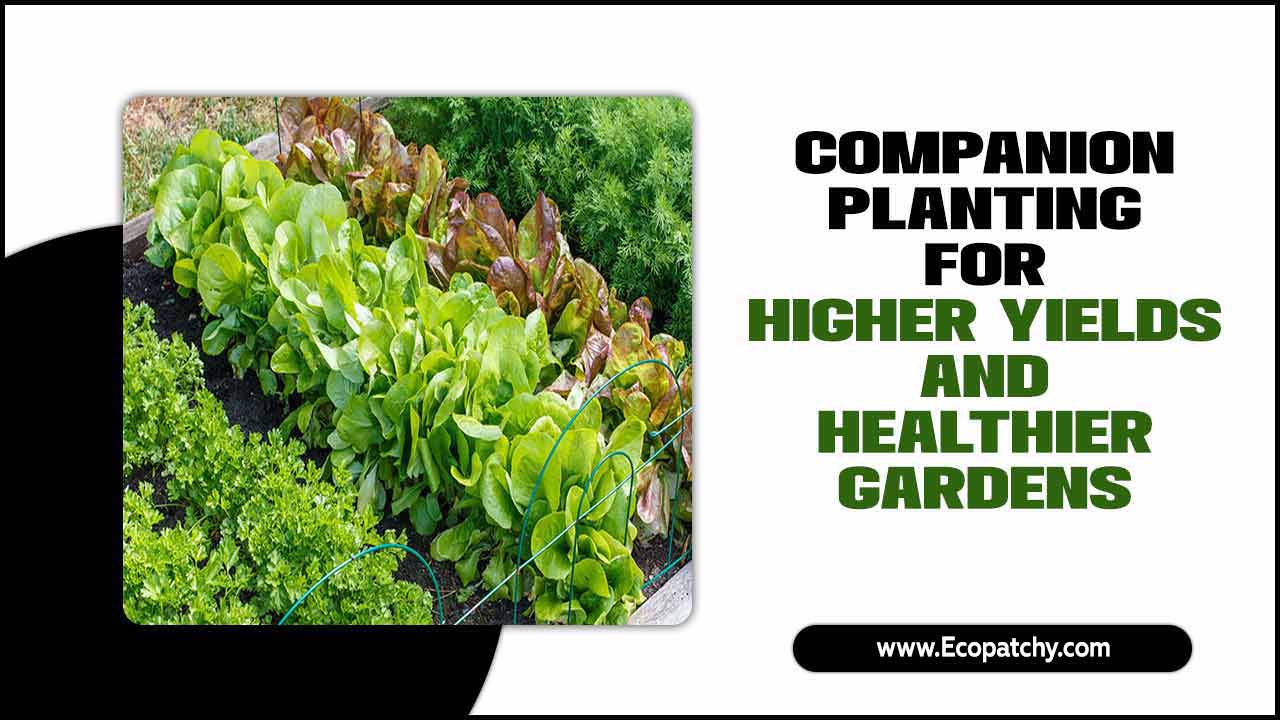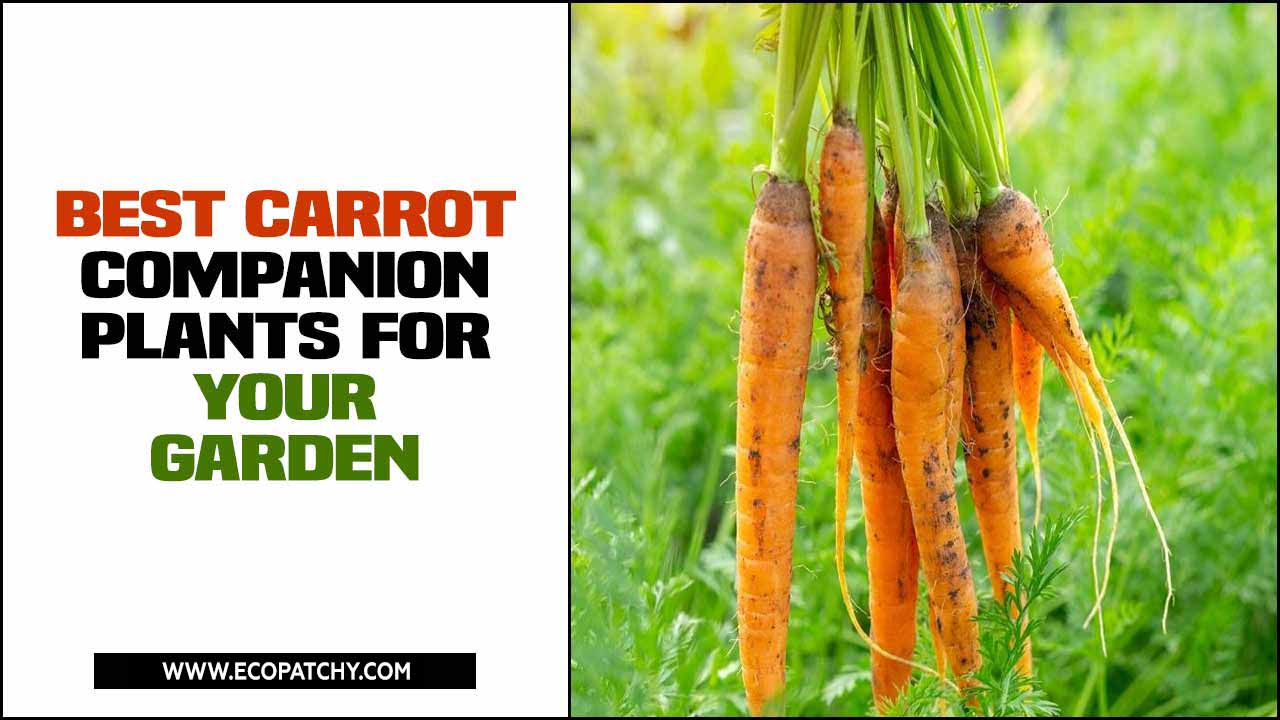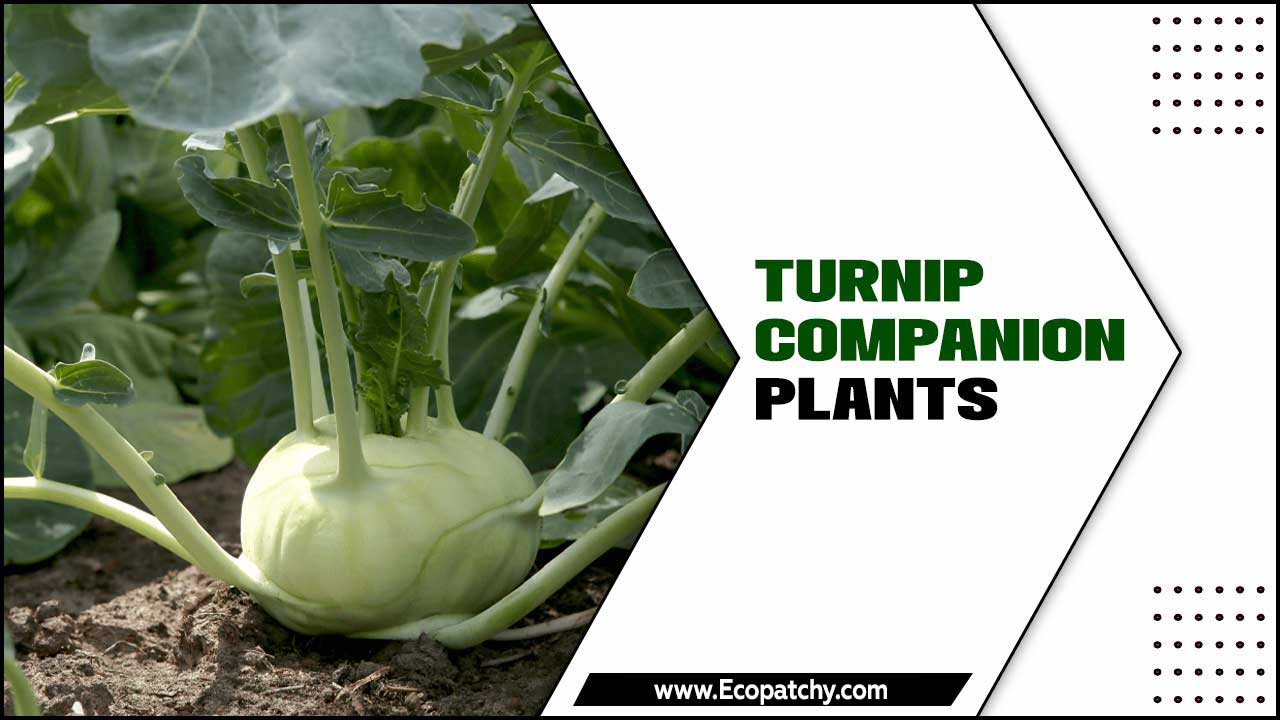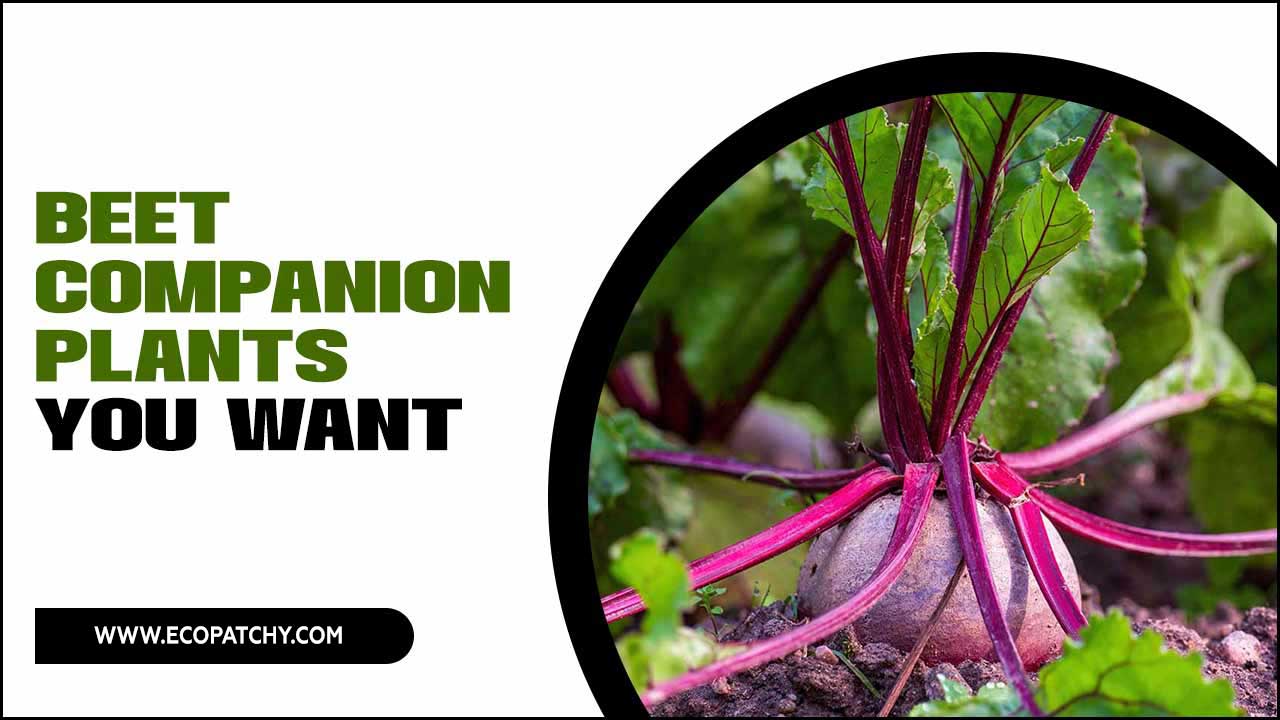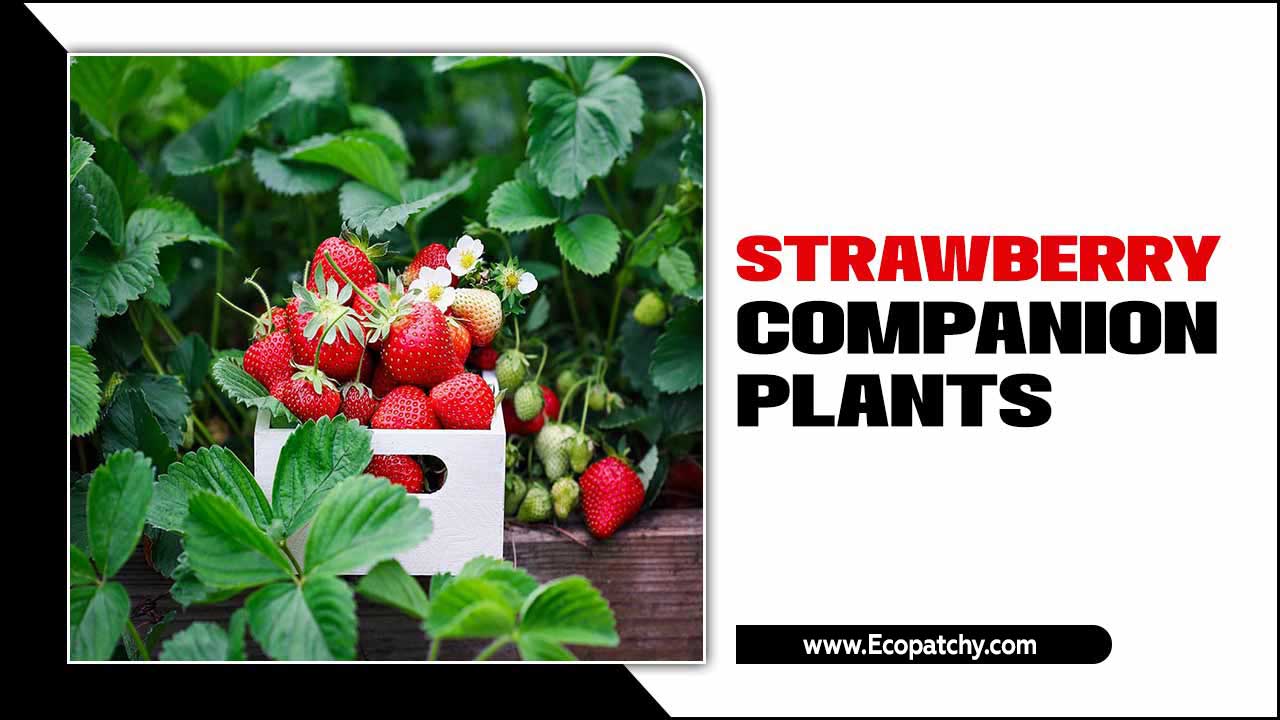Corn is a staple crop in many regions worldwide, valued for its versatility and nutritional value. However, growing corn alone can be challenging as it requires a significant amount of nutrients from the soil and is susceptible to pests and diseases.
This is where companion planting comes in – growing certain plants alongside corn to provide a mutually beneficial relationship. Not only does this help to improve soil health and control pests, but it also increases overall crop yield.
With the increasing demand for sustainable and organic farming methods, companion planting has gained popularity among farmers and gardeners. This article will explore the best corn companion plants that can help your corn crop thrive.
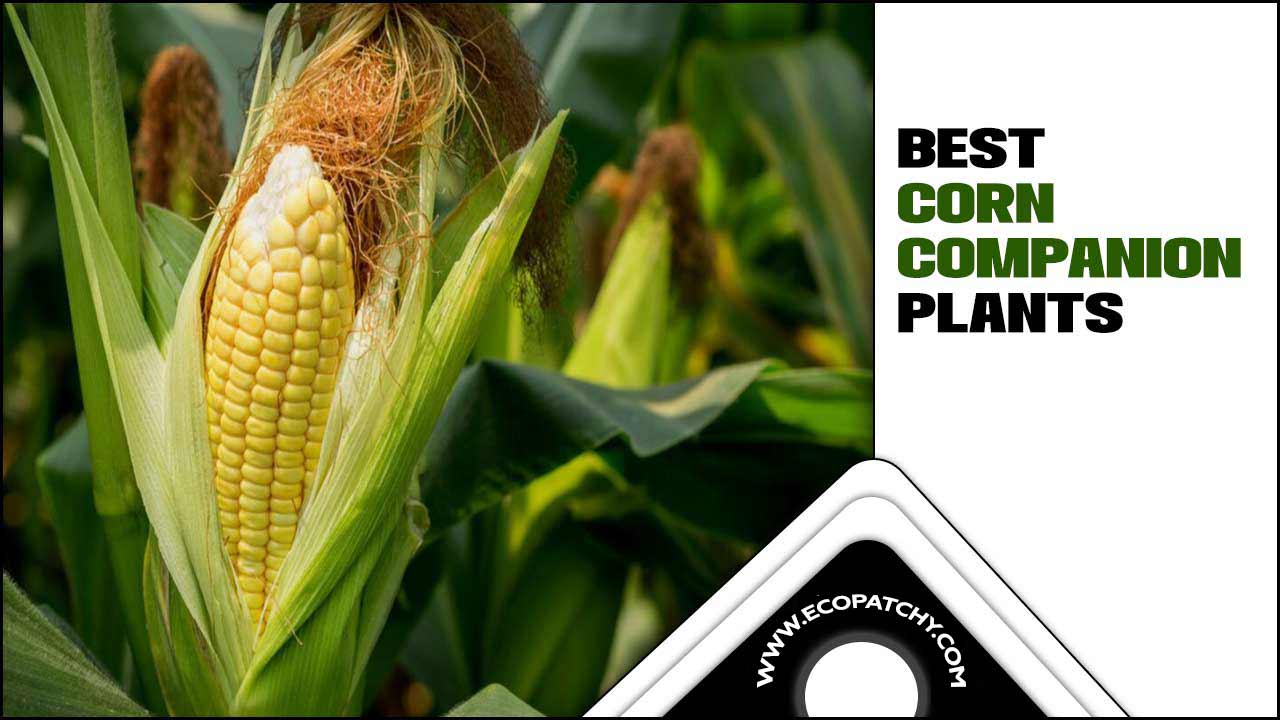
Why Does Corn Need Companion Plants?
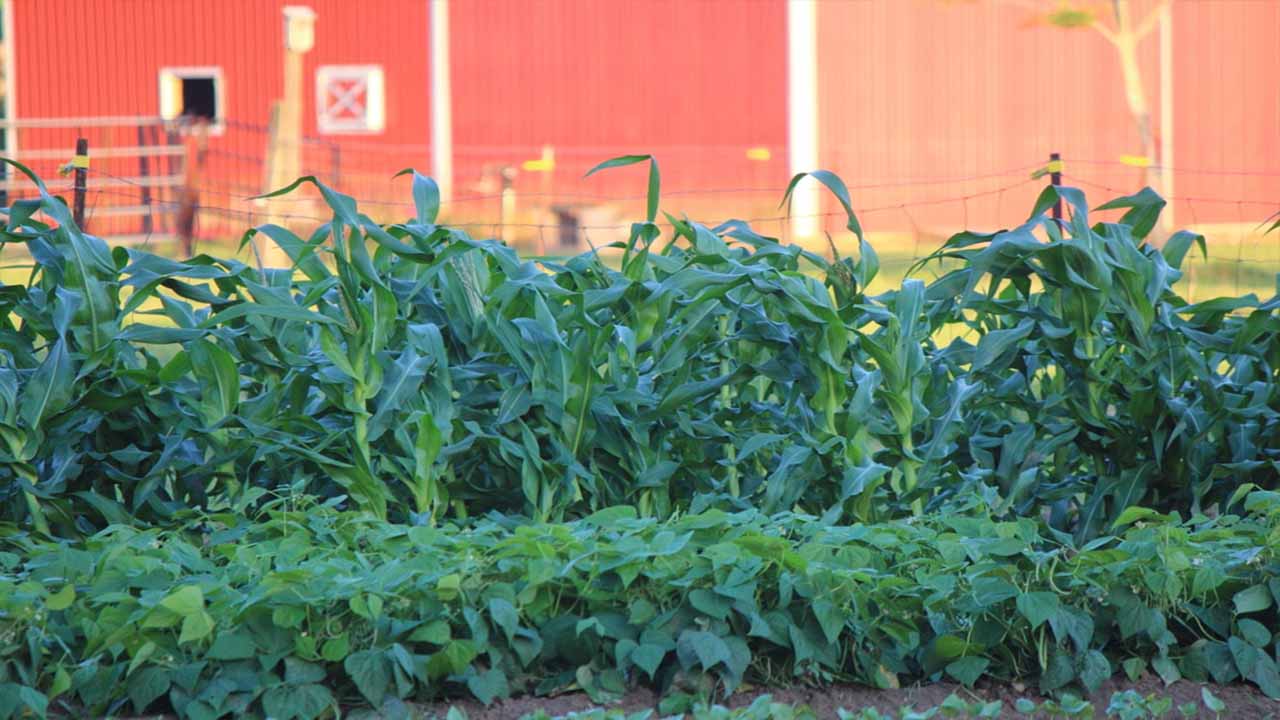
Companion planting is a widely recognized agriculture practice involving growing different plants together for mutual benefit. For corn, companion planting becomes crucial for various reasons. Firstly, corn is a heavy feeder and requires high nutrients to grow and thrive.
We planted companion plants alongside corn, such as legumes like beans or peas. The nitrogen-fixing capabilities of these plants can help replenish the soil with essential nutrients. This reduces the need for synthetic fertilizers and promotes a more sustainable and environmentally friendly farming approach.
Furthermore, corn is susceptible to certain pests and diseases, hindering its growth and productivity. However, incorporating companion plants that act as natural repellents or attract beneficial insects can minimise the likelihood of pest infestations.
11 Best Corn Companion Plants
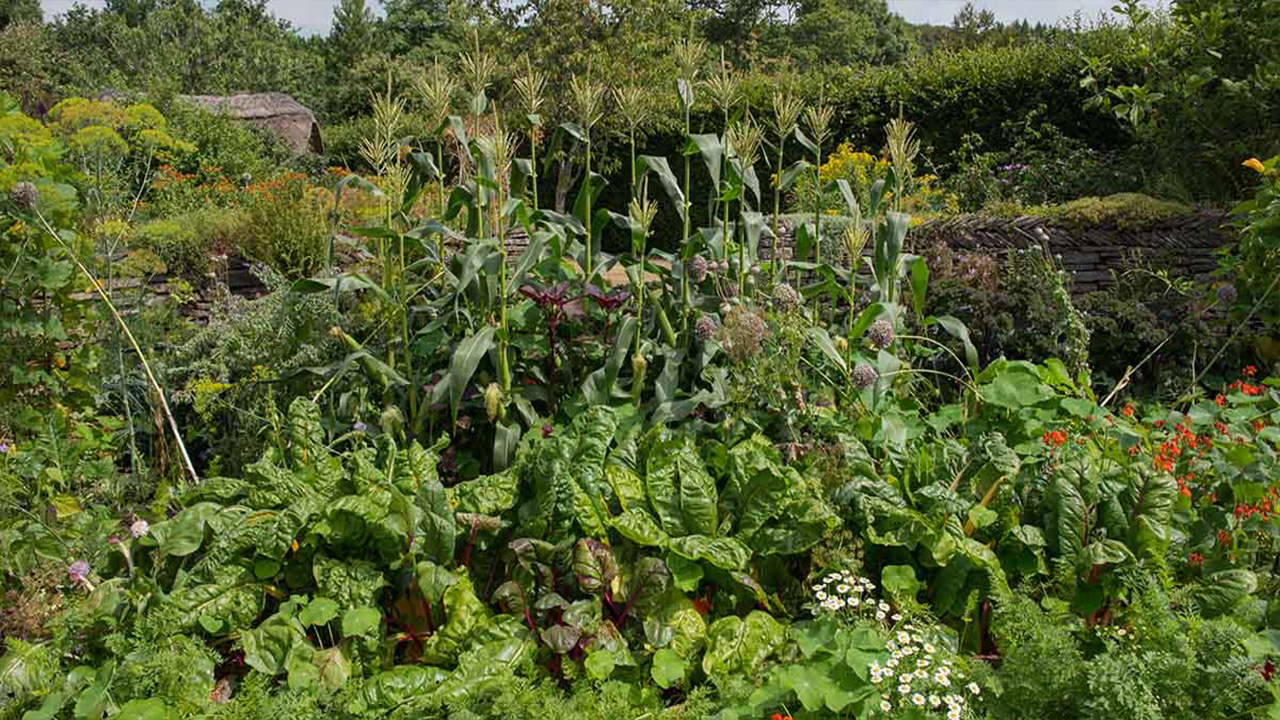
Knowing the best corn companion plants is of utmost importance for successful gardening. Companion planting refers to strategically planting different crops to maximize growth and productivity. When it comes to corn, selecting the right companions can provide numerous benefits, such as improved soil health, pest control, and increased yield.
One key reason to know corn companion plants is to enhance soil health. Corn is a heavy feeder that depletes the soil of essential nutrients, particularly nitrogen. The soil can be replenished with this vital nutrient by planting nitrogen-fixing plants, such as legumes like beans or peas, alongside corn.
1.Cucumbers
Regarding gardening, choosing the best companion plants for your crops can greatly enhance their growth and overall health. One popular crop that can greatly benefit from companion planting is cucumbers. Cucumbers are a versatile and nutritious vegetable that thrives in warm climates and require ample sunlight and moisture.
To ensure optimal growth and yield, choosing the right companion plants that can aid in pest control, improve soil fertility, and provide shade or support is important. One of the best companion plants for cucumbers is corn.
Corn, with its tall stalks and dense foliage, provides excellent shade for the cucumber plants during hot summer days. This shade helps to regulate soil temperature and prevents the cucumbers from wilting or becoming scorched by the sun.
2.Winter Squash
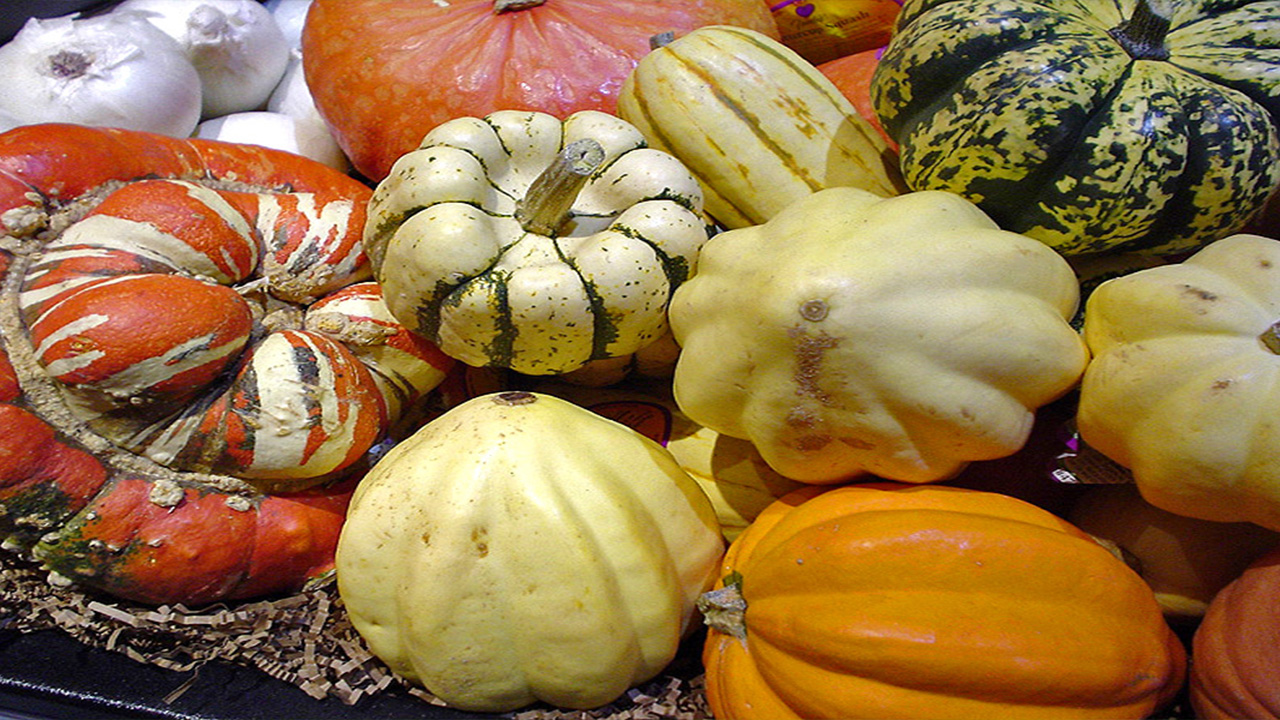
Choosing the right companion plants for cultivating winter squash can greatly enhance its growth and productivity. One of the best companion plants for winter squash is corn. Corn provides several benefits to winter squash, making it an ideal companion in the garden.
Corn acts as a natural trellis for the sprawling vines of winter squash. As the tall corn stalks grow upright, they provide a sturdy support system for the trailing vines of the squash plants. This allows the squash to grow vertically, maximizing space and preventing them from sprawling across the ground.
3.Pole Beans
When planning your garden, it is important to consider the benefits of companion planting. One of the best companions for corn is pole beans. These versatile plants not only enhance the growth of corn but also provide numerous advantages for your garden. Pole beans are known for their ability to fix nitrogen in the soil, which is beneficial for corn as it requires high nitrogen levels for optimal growth.
Planting pole beans alongside corn can naturally enrich the soil and promote healthy corn growth. Another advantage of planting pole beans with corn is their vining nature. As pole beans grow, they can climb up the corn stalks, utilizing vertical growing space efficiently. This saves valuable space in your garden and provides a natural trellis for the beans to climb on.
4.Peas

Regarding cultivating a successful and bountiful garden, choosing companion plants can maximise yields and promote overall plant health. Among the many options available, peas have long been recognized as one of the best companions for corn. The symbiotic relationship between peas and corn is rooted in their complementary growth habits and nutritional needs.
Peas, with their nitrogen-fixing ability, have the unique ability to enrich the soil by converting atmospheric nitrogen into a usable form. This natural process benefits not only the peas themselves but also neighbouring plants such as corn. Corn, a heavy nitrogen feeder, can greatly benefit from the presence of peas. The peas supply the corn with the necessary nitrogen for vigorous growth, resulting in taller stalks, larger ears, and higher yields.
5.Melons
Regarding gardening, choosing the right companion plants is crucial for promoting healthy growth and maximizing yields. One such example is the pairing of melons and corn. Melons, known for their succulent and sweet flavours, thrive when planted alongside corn due to the mutual benefits they provide to each other.
Corn acts as an excellent companion to melons for several reasons. Firstly, the tall stalks of corn serve as a natural trellis for vining melon plants, offering them essential support as they grow and preventing them from sprawling on the ground.
This elevation helps improve air circulation and reduces the risk of diseases caused by soil-borne pathogens. Additionally, the shade cast by the corn’s canopy helps to protect the melon plants from excessive sunlight, preventing sunburn and maintaining optimal growth conditions.
6.Marigolds

Marigolds have long been regarded as one of the best companion plants for corn. Their vibrant yellow and orange flowers add a cheerful touch to the garden and provide many benefits to the surrounding crops. Marigolds possess natural insect-repelling properties that make them excellent companions for corn. One of the key advantages of planting marigolds alongside corn is their ability to deter pests.
These beautiful flowers emit a strong scent that repels insects such as aphids, beetles, and nematodes. By creating a natural barrier, marigolds effectively protect the corn plants from potential damage caused by these pests. This promotes healthier corn growth and reduces reliance on chemical pesticides, making it an environmentally friendly choice.
7.Anise Hyssop
Anise hyssop, also known as Agastache foeniculum, is a versatile and highly beneficial plant that is an excellent companion for corn. When it comes to maximizing the potential of your corn crop, selecting suitable companion plants is essential, and anise hyssop proves to be one of the best choices available.
Anise hyssop offers numerous advantages when planted alongside corn. Firstly, its aromatic leaves emit a scent that naturally repels pests, effectively reducing the risk of insect infestation on your corn plants. Additionally, anise hyssop attracts beneficial insects such as bees and butterflies, which play a crucial role in pollination, leading to improved corn yields.
8.Mint

Regarding gardening, choosing the right companion plants is essential to maximise your crops’ growth and health. Mint, known for its refreshing aroma and culinary uses, is a versatile herb and an excellent companion plant for corn.
Mint acts as a natural pest deterrent. Its strong scent repels insects commonly attacking corn, such as aphids and spider mites. By planting mint near your corn, you can create a protective barrier that keeps these pests at bay, reducing the need for harmful pesticides.
9.Sunflowers
Regarding gardening, finding the best companion plants for your crops is essential for maximizing yields and promoting healthy growth. One such combination that has proven to be highly beneficial is pairing sunflowers with corn.
With their tall and vibrant blooms, sunflowers provide numerous advantages when planted alongside corn. Sunflowers act as natural windbreakers for corn plants, shielding them from strong gusts and preventing damage. The sturdy stalks and large leaves of sunflowers create a protective barrier, reducing the risk of lodging and ensuring the corn remains upright throughout its growth cycle.
10.Radishes
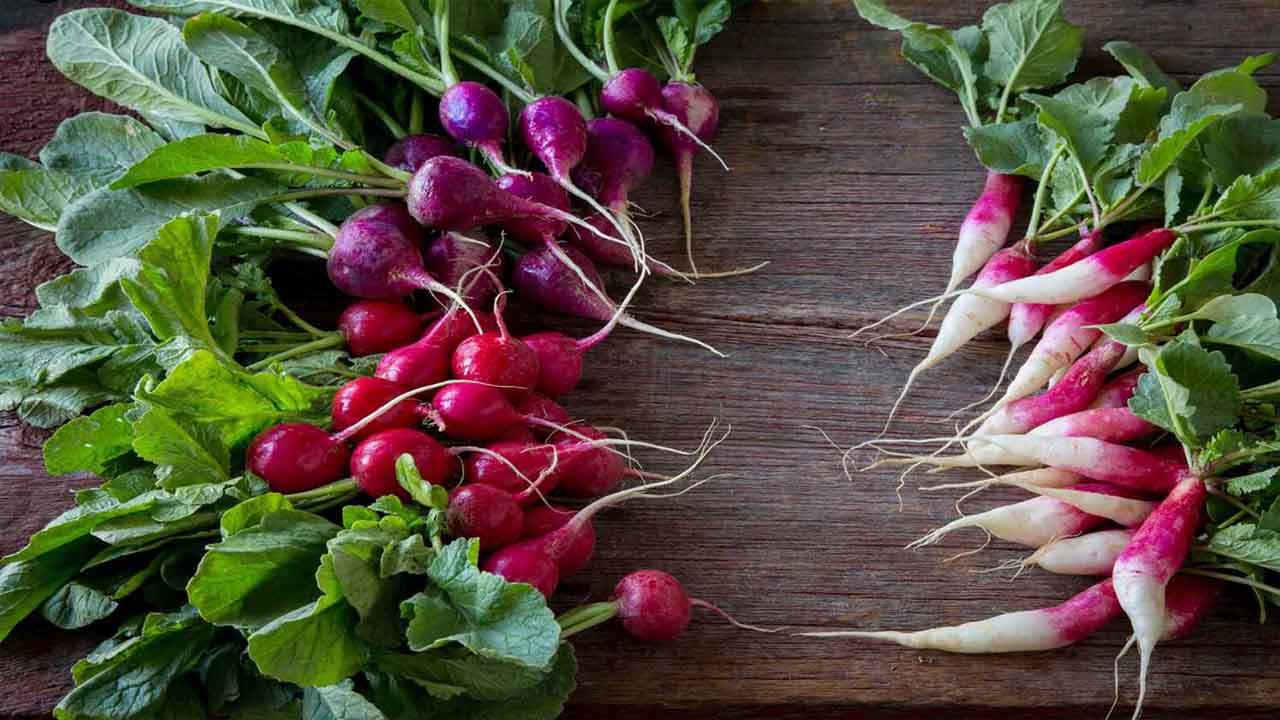
Regarding companion planting, radishes have proven to be one of the best companions for corn. Radishes are known for improving the soil structure and increasing nutrient availability, making them a perfect match for corn, which is a heavy feeder.
The deep taproots of radishes help break up compacted soil, allowing corn roots to penetrate deeper and absorb nutrients more efficiently. Additionally, radishes help suppress weeds around corn plants, minimizing competition for resources. Another benefit of planting radishes alongside corn is their ability to deter pests.
Radishes emit a pungent odour that repels certain insects, including corn borers and aphids, which are common pests that can cause significant damage to corn crops. By acting as a natural deterrent, radishes help protect the corn plants from infestations and reduce the need for chemical pesticides.
11.Nasturtiums
Regarding gardening, choosing the right companion plants is essential for maximizing growth and yield. One such beneficial companion for corn is the vibrant and versatile nasturtium. Nasturtiums, known for their beautiful flowers and peppery leaves, offer several advantages when planted alongside corn.
Nasturtiums act as natural pest repellents. Their aromatic scent deters common corn pests, such as aphids and cucumber beetles, reducing the risk of infestations. Additionally, nasturtiums attract beneficial insects like ladybugs and bees, which help to pollinate the corn plants and improve overall crop health.
Benefits Of Companion Planting With Corn
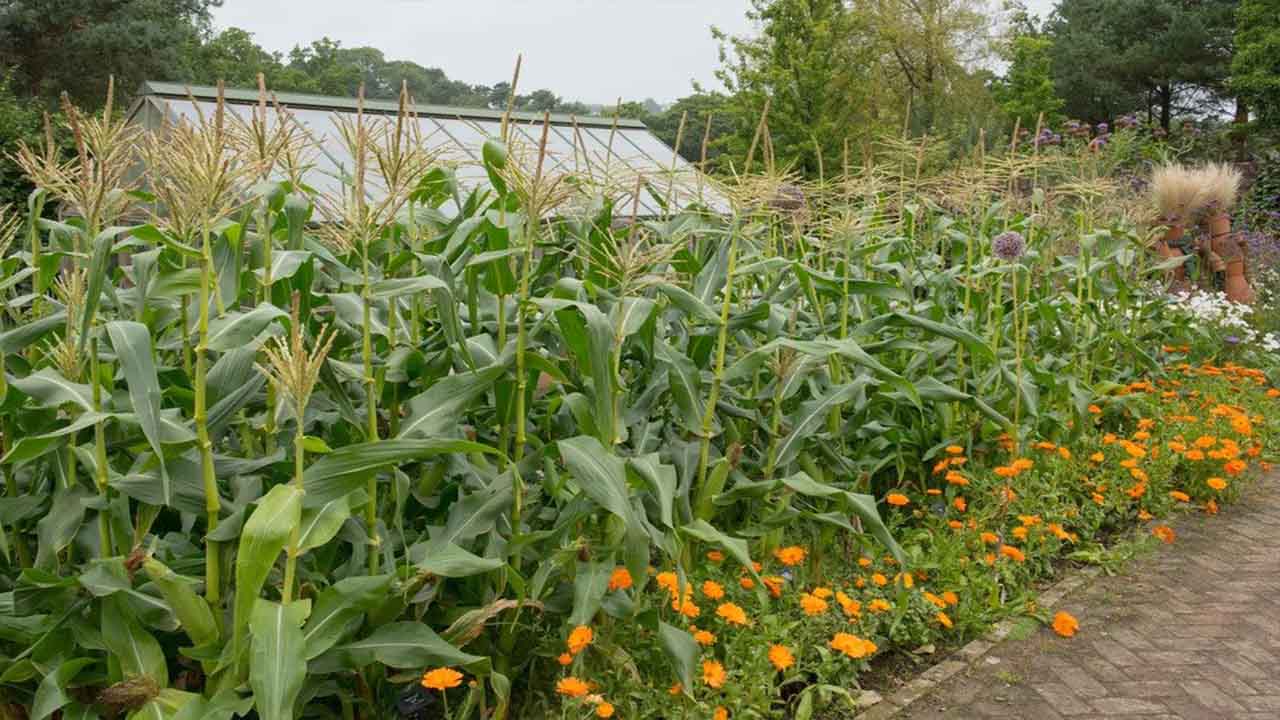
Understanding the benefits of companion planting with corn is essential for any farmer or gardener seeking to maximize crop yields and promote a healthy ecosystem. Companion planting refers to strategically placing different crops together, taking advantage of their mutually beneficial relationships. There are several compelling reasons why knowing the advantages of companion planting is crucial in the case of corn.
- Natural Pest Control: Companion plants, such as marigolds, can help repel pests attracted to corn, reducing the need for chemical pesticides.
- Improved Pollination: Certain companion plants, like beans or squash, can attract pollinators to the corn, increasing the chances of successful pollination and higher yields.
- Enhanced Soil Fertility: Legume companion plants, like beans, fix nitrogen in the soil, providing a natural source of nutrients for the corn.
- Weed Suppression: Companion plants like pumpkins or squash can help smother weeds, reducing competition for resources and allowing the corn to grow more efficiently.
- Biodiversity And Habitat Creation: Companion planting with various plants creates a diverse environment that attracts beneficial insects and wildlife, contributing to overall ecosystem health.
- Increased Resilience: Companion plants can provide shade and windbreaks for the corn, helping to protect it from extreme weather conditions and improving overall plant health.
Conclusion
Choosing the right companion plants for your corn can improve your crops’ health and yield and create a more sustainable and natural environment in your garden. By considering factors such as nutrient needs, pest control, and space utilization, you can find the perfect companions for your corn and create a thriving ecosystem in your garden.
In addition to the numerous benefits mentioned above, choosing the right companion plants for your corn can also enhance your garden’s overall beauty and aesthetics. With careful planning and research, you can reap the benefits of complementary planting and enjoy a bountiful harvest. We hope you understand the best corn companion plants if you read the above outline properly.
FAQ
1.What Are Some Of The Best Companion Plants For Corn?
Ans: Some of the best companion plants for corn include beans, squash, and pumpkins. These plants help provide shade, deter pests, and improve soil fertility.
2.Why Are Beans Good Companion Plants For Corn?
Ans: Beans are good companion plants for corn because they fix nitrogen in the soil, which helps promote healthy growth for corn. Additionally, the tall cornstalks provide support for the climbing beans.
3.How Do Squash And Pumpkins Benefit Corn As Companion Plants?
Ans: Squash and pumpkins act as living mulch around corn plants, helping to suppress weeds and conserve moisture in the soil. They also provide shade, which helps keep the soil cool and moist, benefiting the corn plants.
4.How Do Companion Plants Benefit Corn?
Ans: Companion plants enhance the growth and health of corn by providing shade, attracting beneficial insects, improving soil fertility, and reducing weed competition. They create a harmonious environment that maximizes the corn’s yield.
5.Are There Any Plants That Should Be Avoided As Corn Companions?
Ans: It is best to avoid planting corn with plants from the same family, such as other grasses or grains, as they may compete for resources. Additionally, plants susceptible to corn pests, like cucurbits, should be avoided to prevent the spread of diseases.

